Isolated by cliffs almost 2,000 feet (600 meters) tall, Kalaupapa National Historical Park, on the Hawaian island of Moloka‘i, tells the story of the forced isolation of people afflicted with Hansen's disease. The park also preserves an array of natural resources. Coral reefs, a crater with an 800-foot-deep lake, intact coastal salt-spray plant communities, high-elevation rain forest, and the steep forested Waikolu Valley contain a wide variety of aquatic, terrestrial, and marine habitats.
What's Monitored Here
-
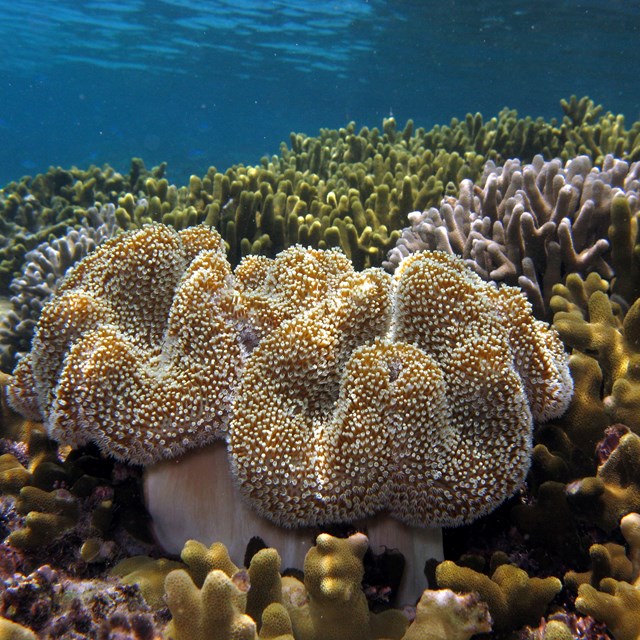 Benthic Marine Communities
Benthic Marine CommunitiesFour parks within the Pacific Island Network contain rich benthic marine communities that are home to algae, corals, and other invertebrates
-
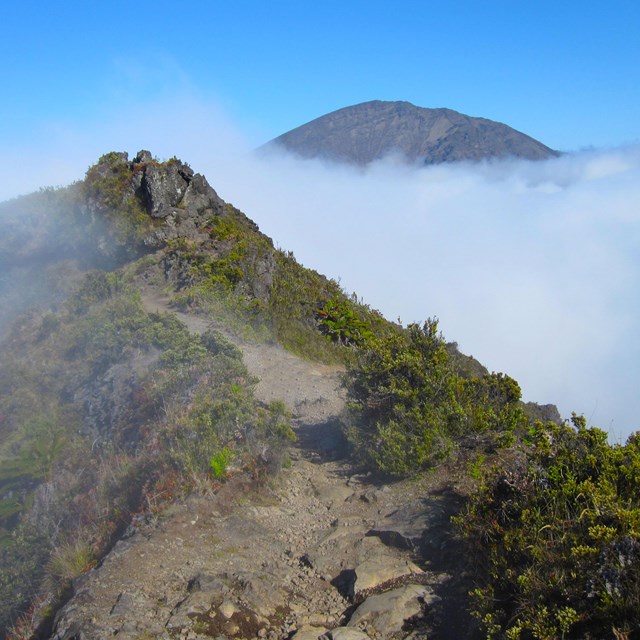 Climate
ClimateClimate is widely recognized as a major driver for both terrestrial and marine ecosystems
-
 Early Detection of Invasive Plants
Early Detection of Invasive PlantsEarly detection of invasive plant species is a key component in helping to curtail the spread of noxious weeds into surrounding areas
-
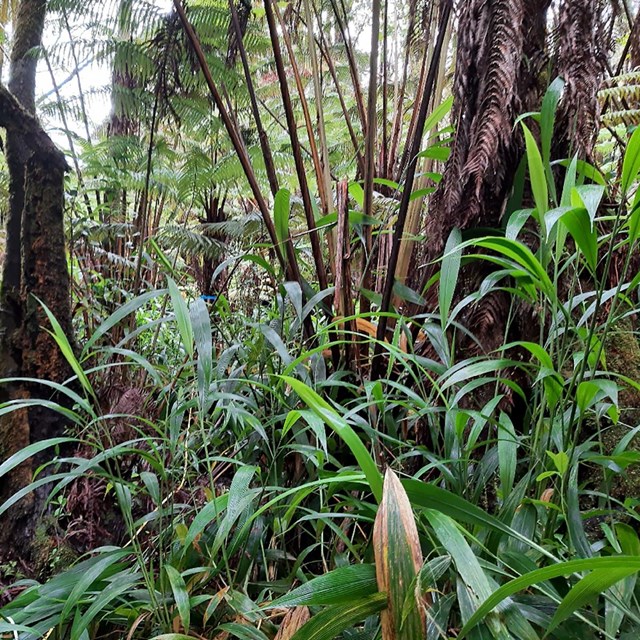 Established Invasive Plant Species
Established Invasive Plant SpeciesNonnative plant species invasions present a serious threat to Pacific island ecosystems
-
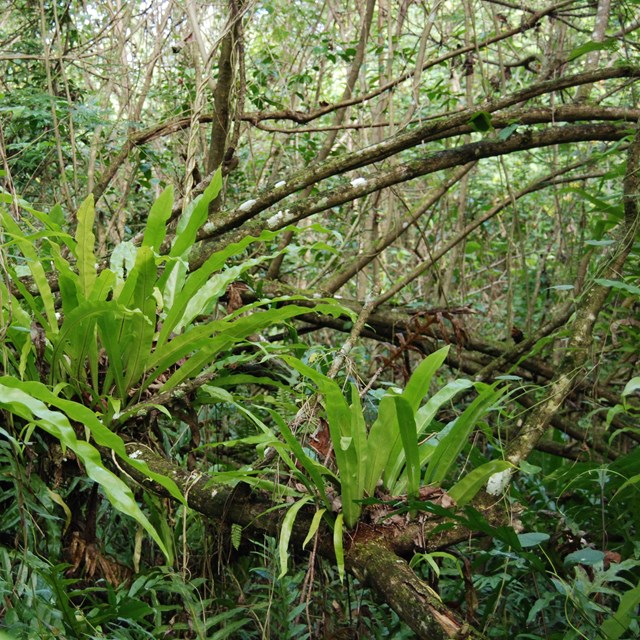 Focal Terrestrial Plant Communities
Focal Terrestrial Plant CommunitiesLong-term vegetation monitoring helps us determine plant community health, ecosystem stability, and the effectiveness of management
-
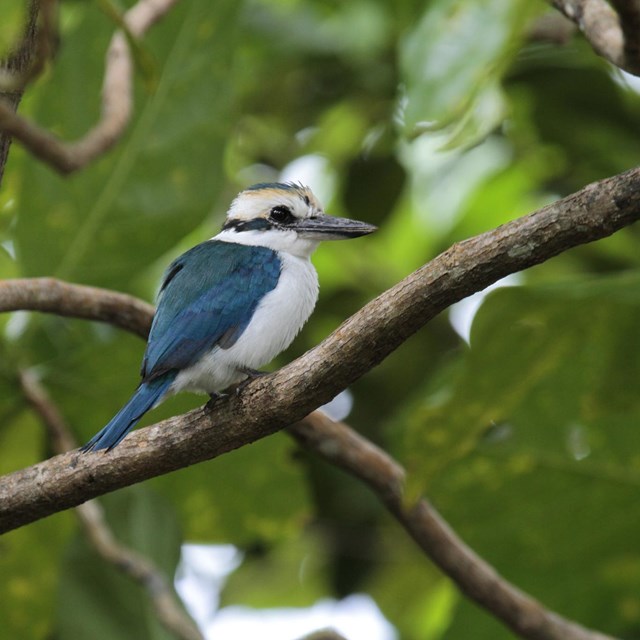 Landbirds
LandbirdsOn Pacific islands, birds pollinate the majority of woody plant species and disperse their seeds
-
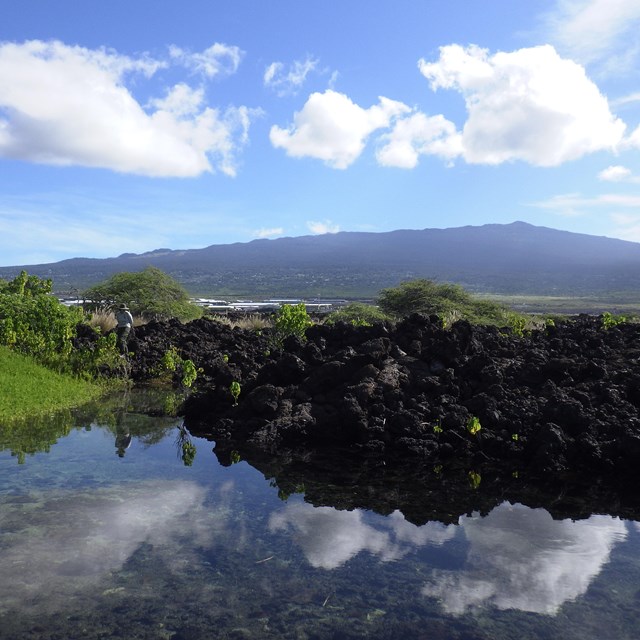 Landscape Dynamics
Landscape DynamicsLandscape dynamics monitoring in parks provides information on land use and land cover change
-
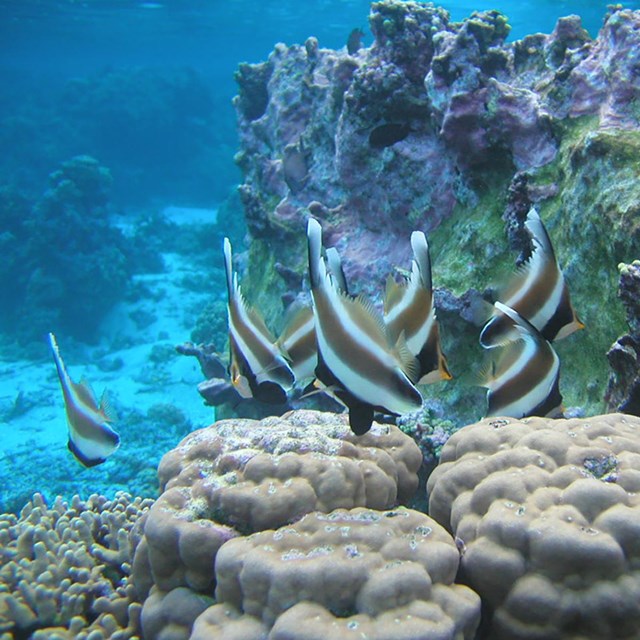 Marine Fish Communities
Marine Fish CommunitiesMarine fish are a major component of coral reef ecosystems and serve many ecological functions
-
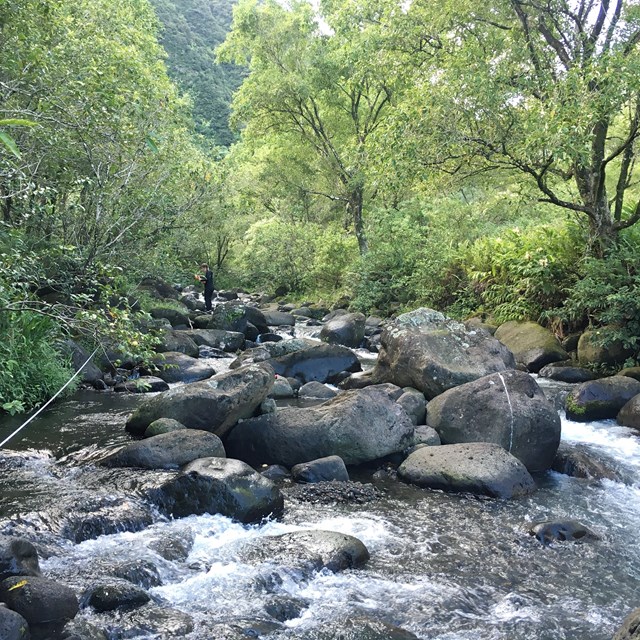 Stream Communities
Stream CommunitiesFreshwater ecosystems are considered to be among the world's most vulnerable
-
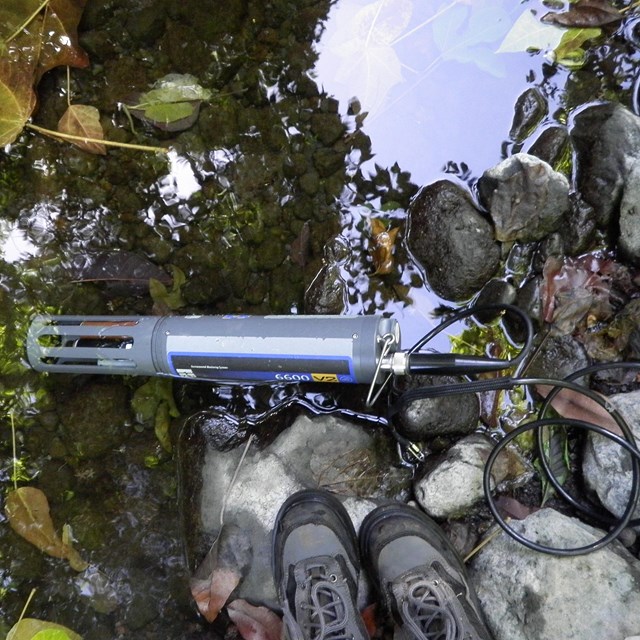 Water Quality - Fresh & Brackish
Water Quality - Fresh & BrackishFresh and brackish water quality monitoring occurs in places like streams and anchialine pools
-
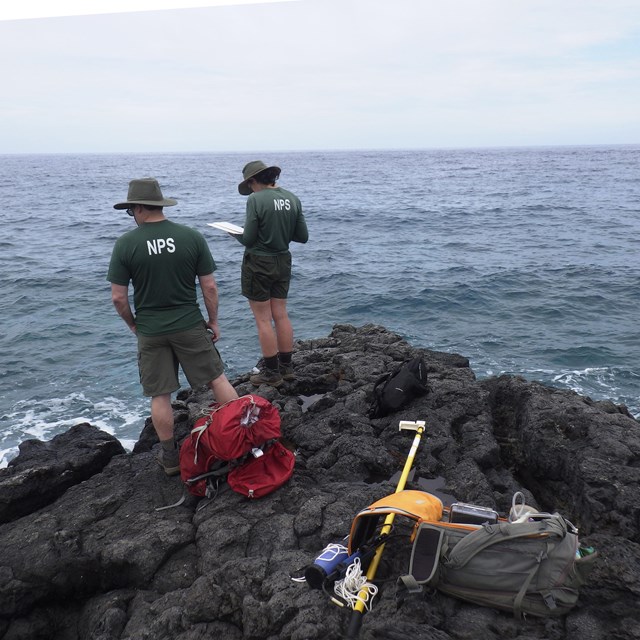 Water Quality - Marine
Water Quality - MarineThe quality of surface waters, marine waters, and groundwater is fundamental to the ecosystems across the Pacific islands
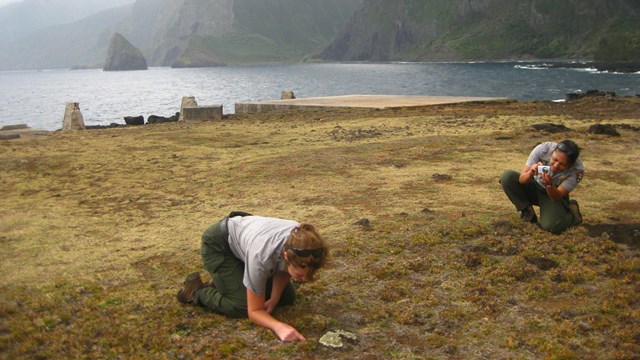
PACN I&M Inventory and Monitoring Reports, Protocols, and Articles from Kalaupapa National Park
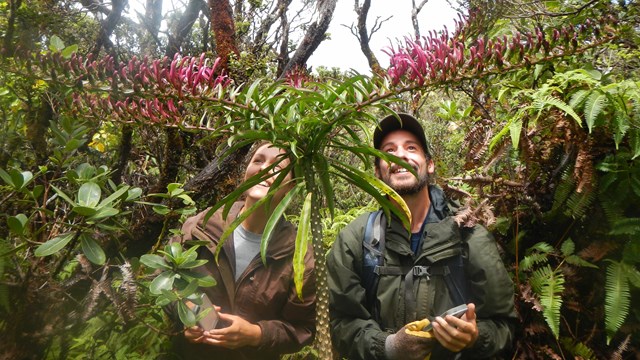
Discovering species in our parks
Last updated: September 12, 2024
